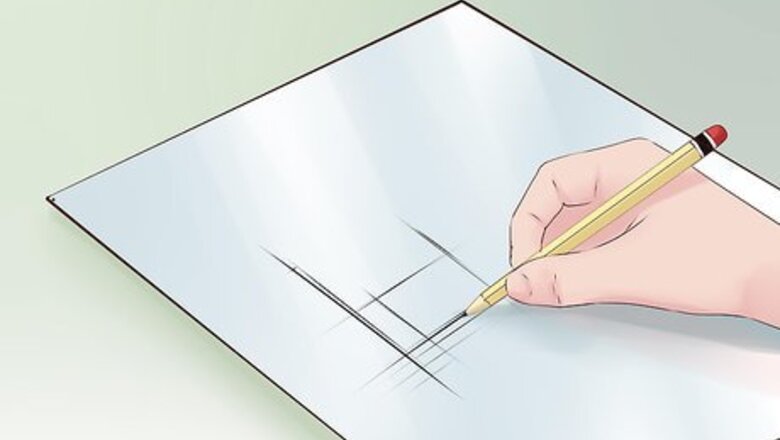
views
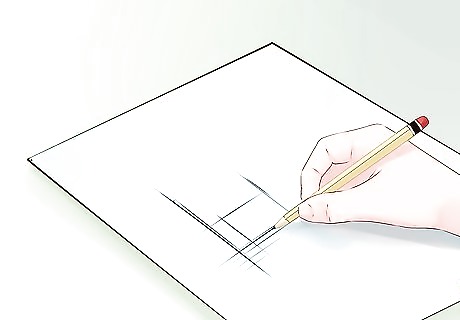
Plan your project. Decide how wide and long you'd like your rock wall to be, and make sure that this is feasible with the location of your wall. Dry stacked rock walls are typically built against a hillside, as it can be used as a tool to prevent soil erosion from ruining a garden
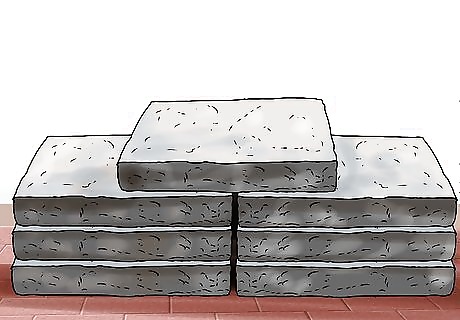
Select your stones from a stone supply yard. Give a representative your measurements, as that affects the quantity and size of stones you need. Dry stack walls can typically be made from three types of stones: round field stones, relatively flat stacking stones and uniformly cut dressed stones. Each type will give your wall a different look and feel, so make sure you look at pictures to determine which would be the best fit for your house and landscape. Note that flatter stones tend to be easier to work with than rounder ones, as they are more suited for stacking.
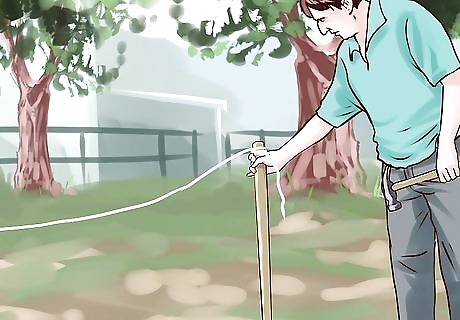
Lay out the wall area and direction. You may be cutting away a bank (shown below) or building the wall and back filling as you go, in order to create a terrace effect. Pull a string line the length of the wall (about 8 inches (20.5 cm) off the ground level) to define the front of the wall. Freestanding dry rock walls can be stable if they are up to three feet in height
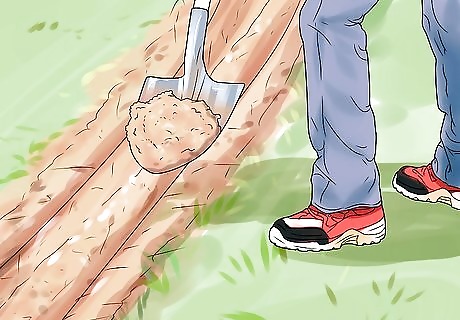
Dig a ditch the length of the wall that is about a foot wide and 8 to 12 inches (20.5 cm - 30.5 cm) below the ground level. This ditch will act as the wall's footing and prevent the rocks from sliding forward due to pressure from the earth behind. Try to cut the ditch into native soil rather than loose added soil, as the former provides a more stable foundation for the wall. Level the foundation trench. Smooth over the ground beneath your wall with a shovel, and line it with crushed stone pieces called stone screenings, stone dust or fines. This material will also be useful for filling in gaps.

Stack the larger rocks in the ditch. Place the flat side facing forward, and slanted back about 8 degrees. The rock should just miss touching the string line, and be supported by dirt filled in behind it. Do this for the length of the wall, with each large rock touching the one next to it.
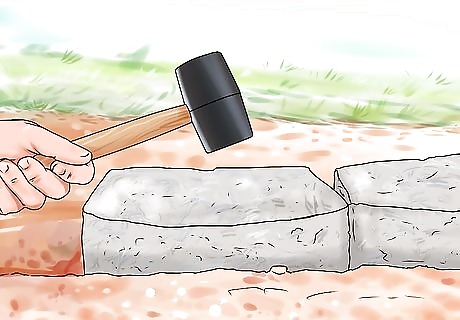
Fill dirt behind the large rocks and tap the earth firmly, while letting the 8 degree slant hold the rock in place by gravity. Avoid large vertical gaps in your wall. Try to rearrange the stones so that those don't appear.
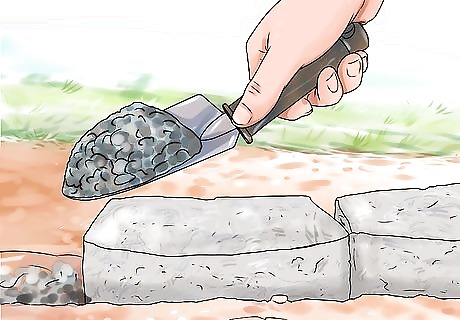
Find complementary rocks to fill in the spaces in between the large rocks. These rocks may be smaller, but need to be a shape that fills the void between the large rocks. Lay the rock flat side out and support it with earth filled in behind it. These rocks also lay back by 8 degrees.

Continue placing the second layer of rocks, so that spaces between the first layer of large rocks are filled. Fill out the entire span of the trench. You can add water to the fill to make it settle.
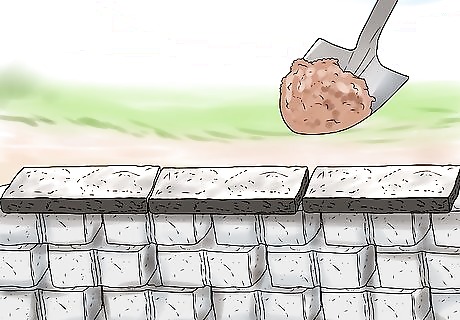
Square off the top of the wall with smaller stones to give it a neat, straight and flat appearance.















Comments
0 comment